Recipes – № 23
Roasted Vegetables
Roasted vegetables are outrageously delicious. They are soft, bite-sized treats enveloped in a slightly salty, caramelized crust, their flavors concentrated by evaporation in the oven. The list of vegetables suitable for roasting is long and spans through the seasons. Some of them may surprise you. Radishes, for example, loose their heat in the oven and become sweet. The possibilities are endless and accordingly, this is more an explanation of a cooking technique than a recipe. Keeping in mind a few simple rules, roasting vegetables is laughably easy and consists of nothing more than cutting them into chunks and tossing them with some salt and olive oil before shoving them into the oven.
While vegetables roasted by themselves make a standout side to any number of dishes, my favorite way to roast them is in a baking pan around a piece of meat or poultry. As the vegetables fry in the fat melted off the chicken, beef, veal, lamb, pork or whatever you're roasting, they take on additional flavors and crispiness. One Christmas a few years ago, I did a rib roast for Kim’s family. This $300 piece of grass-fed beef was everything we hoped it would be, but what we remember most about that meal were the potatoes that had been roasting for hours in the meat drippings.
In winter, many root vegetables provide an exciting splash of color and a selection of, say, blue or purple potatoes, red beets, orange and yellow carrots and green radishes would allow you to roast the entire rainbow (though the colors mute a bit once the pieces caramelize). In the summer, another favorite is roasted zucchini/summer squash and eggplant slices served warm, or cold, with tahini sauce.

Asparagus (pick thick stems)
Belgian endives
Celtuce
Parsley root
Parsnips
Peppers (sweet or moderately spicy, with thick flesh)
Ramps bulbs (thick, mature bulbs)
Rutabaga
Salsify
Tomatoes (less than 2 inches)
You will also need:
Olive oil

As you decide what quantity of vegetables to roast, keep in mind that they will shrink quite a bit in the oven. Vegetables are mostly water and no matter how many times I’ve roasted them, I’m always surprised by how little is left by the time they are done. If in doubt, roast more.
Peel the vegetables if necessary. I’d peel beets, burdock, most carrots, celtuce, kohlrabi, parsley root, parsnips, potatoes (or not), pumpkin and some winter squash, rutabaga, salsify, sweet potato and larger turnips. Garlic cloves or heads and smaller shallots are better roasted unpeeled and can be eaten out of the skin. Some smaller vegetables such as cherry tomatoes, thumbelina carrots or little turnips are best roasted whole. Everything else should be cut into uniformly thick pieces to ensure even cooking. How thick will depend on how quickly you want to roast them. Alice Waters recommends ½ inch cubes or slices roasted for about 25 minutes at 400F or 425F. If your vegetables will accompany a roast, which will likely require a lower temperature, then cut them into larger 1 to 1 ½ inch pieces. At that size, the vegetable can easily roast for 2 hours at 375F, especially if they are moistened by juice dripping off the roast. However thickly you cut them, avoid creating shapes with thin edges, which would dry out and burn before the vegetables are done.
Pre-heat the oven. Toss the cut vegetables in a large bowl with some olive oil and salt to taste. Yes, taste - pick a piece that can be eaten raw - and add more salt as necessary. Spread them out on a baking sheet or pan in a single layer. If you’re roasting a larger quantity of vegetables to accompany a sizeable roast, then place the vegetables that don’t fit around the meat/poultry on separate baking sheets. Note that once the vegetables have been salted they should start roasting immediately before the salt draws moisture out of them.
Keep an eye on the vegetables as they roast, moving or flipping them occasionally to brown them evenly (the heat in some ovens can be quite uneven). If you’re roasting meat (or poultry) too, keep in mind that it should rest for 10-20 minutes outside the oven before serving. With the meat now out of the oven you could turn up the heat on the vegetables for faster browning if necessary. If your vegetables were spread out over several baking sheets, combine them in the pan that held the meat for the remaining time in the oven so that all will benefit from the roast drippings.











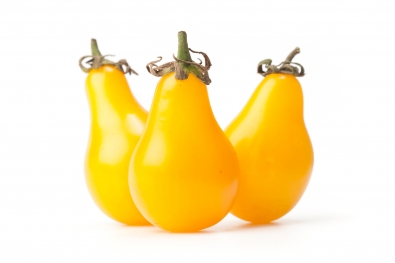






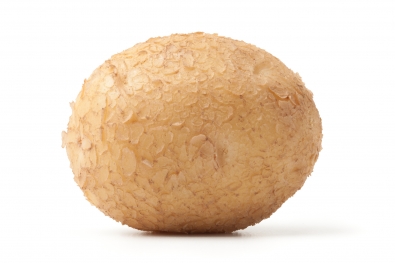
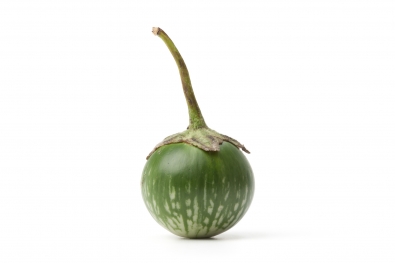




















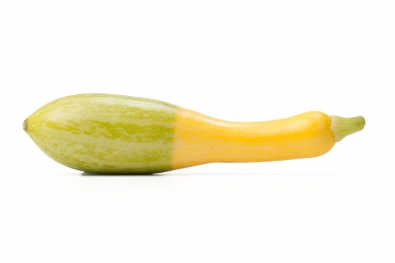



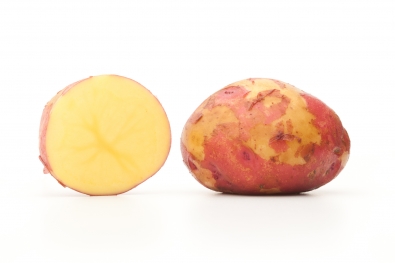






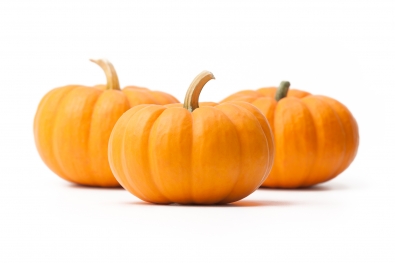







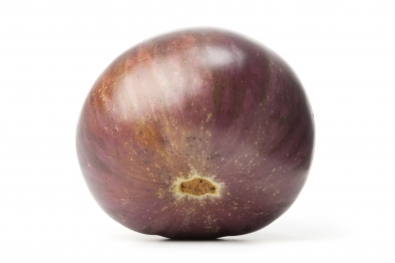







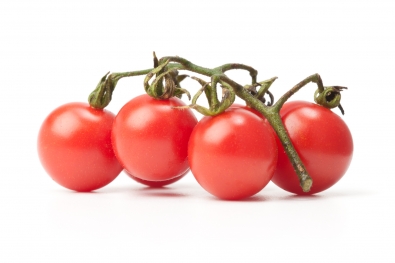


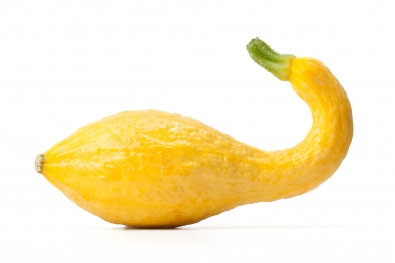











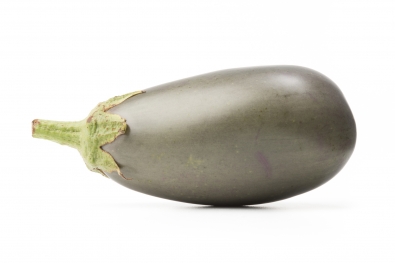




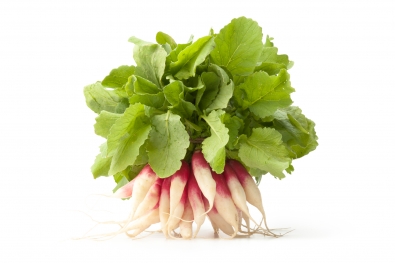










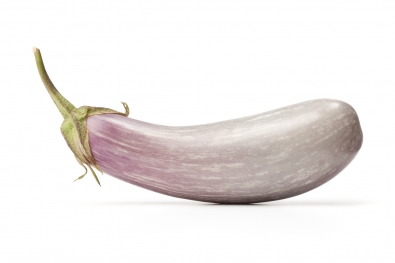









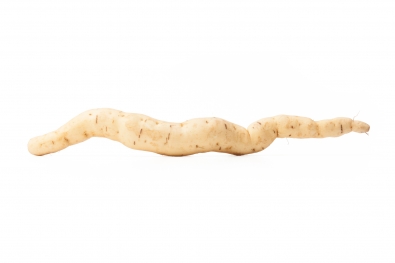









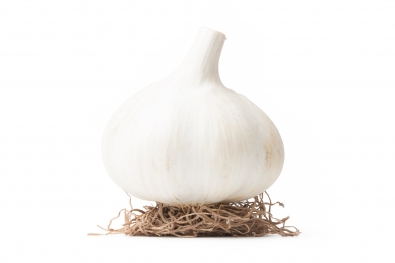






















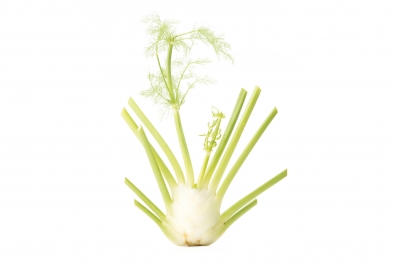
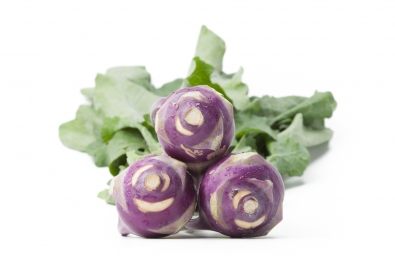









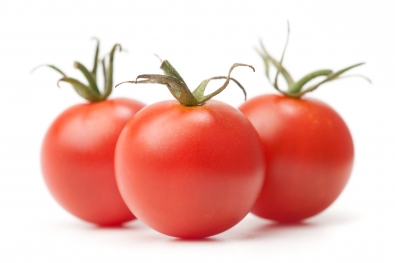





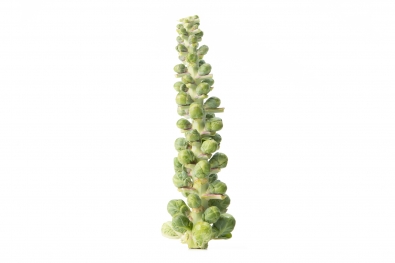




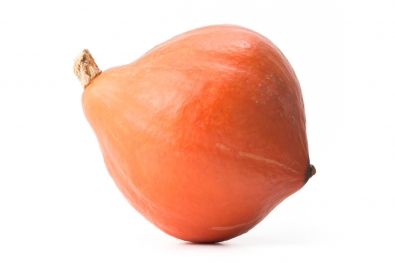


























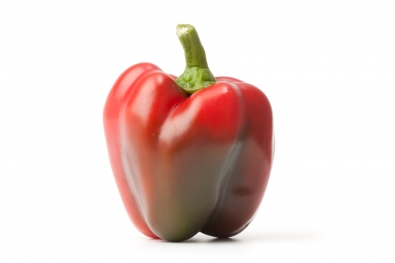


Add a comment